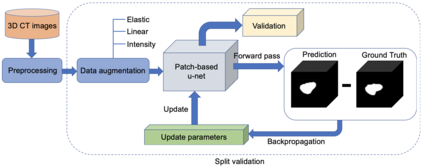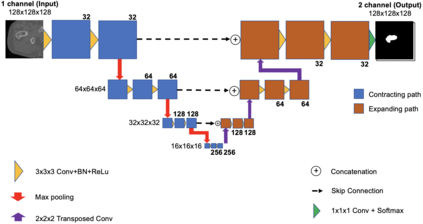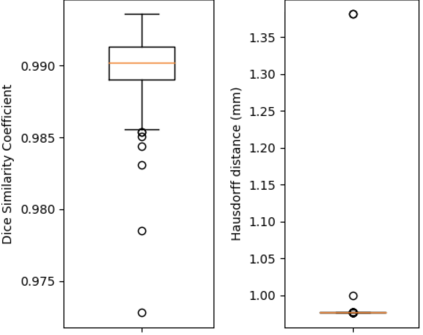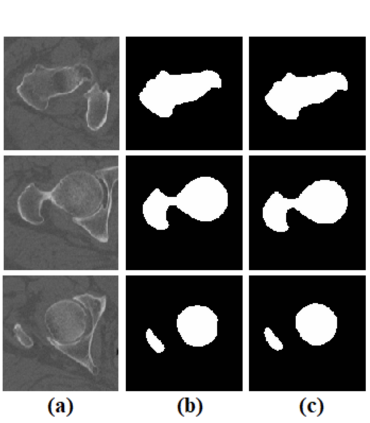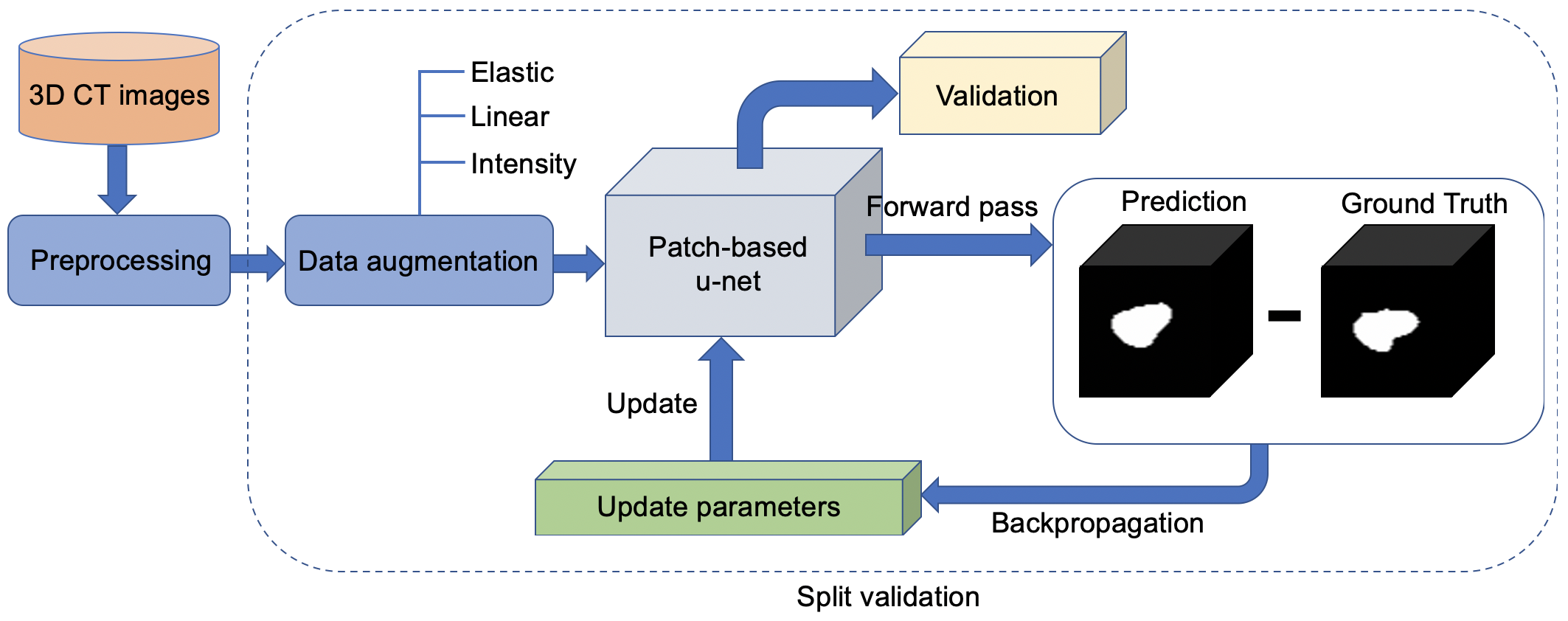Osteoporosis is a common bone disease that occurs when the creation of new bone does not keep up with the loss of old bone, resulting in increased fracture risk. Adults over the age of 50 are especially at risk and see their quality of life diminished because of limited mobility, which can lead to isolation and depression. We are developing a robust screening method capable of identifying individuals predisposed to hip fracture to address this clinical challenge. The method uses finite element analysis and relies on segmented computed tomography (CT) images of the hip. Presently, the segmentation of the proximal femur requires manual input, which is a tedious task, prone to human error, and severely limits the practicality of the method in a clinical context. Here we present a novel approach for segmenting the proximal femur that uses a deep convolutional neural network to produce accurate, automated, robust, and fast segmentations of the femur from CT scans. The network architecture is based on the renowned u-net, which consists of a downsampling path to extract increasingly complex features of the input patch and an upsampling path to convert the acquired low resolution image into a high resolution one. Skipped connections allow us to recover critical spatial information lost during downsampling. The model was trained on 30 manually segmented CT images and was evaluated on 200 ground truth manual segmentations. Our method delivers a mean Dice similarity coefficient (DSC) and 95th percentile Hausdorff distance (HD95) of 0.990 and 0.981 mm, respectively.
翻译:骨质疏松是一种常见的骨病,当新骨骼的形成与旧骨骼的丧失不同步,导致骨折风险增加时,骨质疏松是一种常见的骨病。50岁以上的成年人尤其面临风险,他们的生活素质因流动性有限而降低,这可能导致孤立和抑郁。我们正在开发一种强健的筛选方法,能够辨别容易导致臀骨骨骨折的人,以应对这一临床挑战。这种方法使用有限的元素分析,并依靠对臀部进行分解计算断层断层断层断层的断层图象。目前,正产卵的分块需要手动输入,这是一个乏味的任务,容易发生人类错误,严重限制了临床环境中该方法的实用性。在这里,我们提出了一种新颖的方法,用深层的革命神经网络来生成准确、自动、稳健和快速的骨质骨质骨质骨质骨质骨质骨质骨质骨质骨质骨质骨质骨质骨质骨质骨质骨质骨质骨质骨质骨质骨质骨质骨质骨质骨质骨质骨质骨质骨质骨质骨质骨质骨质骨质骨质骨质骨质骨质骨质骨质骨质骨质骨质骨质骨质骨质骨质骨质骨质骨质骨质骨质骨质骨质骨质骨质骨质骨质骨质骨质骨质骨质骨质骨质骨质骨质骨质骨质骨质骨质骨质骨质骨质骨质骨质骨质骨质骨质骨质骨质骨质骨质骨质骨质骨质骨质骨质骨质骨质骨质骨质骨质部骨质骨质骨质骨质骨质骨质骨质骨质骨质骨质骨质骨质骨质骨质骨质骨质骨质骨质骨质骨质骨质骨质骨质骨质骨质骨质骨质骨质骨质骨质骨质骨质骨质骨质骨质骨质骨质骨质骨质骨质骨质骨质骨质骨质骨质骨质骨质骨质骨质骨质骨质骨质骨质骨质骨质骨质骨质骨质骨质骨质骨质骨质骨质骨质骨质骨质骨质骨质骨质骨质骨质骨

